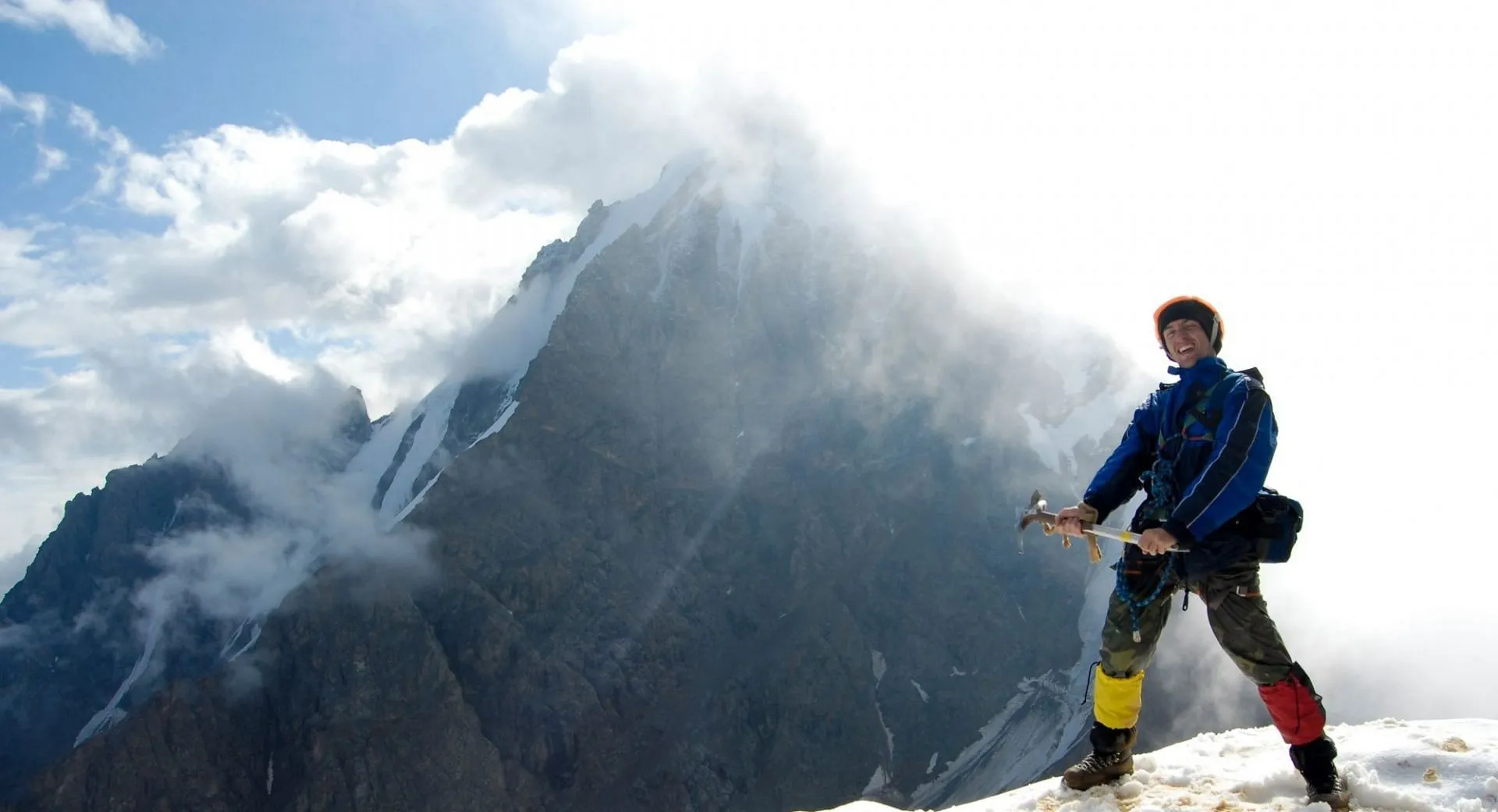Altitude training has been in the spotlight in recent times for its mental and physical benefits. When it comes to fitness, there is always scope for something new, and athletes all over the world keep looking for effective and efficient ways to train themselves to keep going and achieve their fitness goals.
Altitude training is one such innovative way to train your body to achieve your fitness goals. It has been found that altitude training offers good results in terms of fitness, especially on the grounds of endurance. Thus, in this article, we will discuss about more about this elevated training technique, its benefits, and the possible risks related to it.
What is Altitude Training?

This type of training in general occurs at a typical height of around 7,000 to 8,000 feet above sea level. As the height increases, the oxygen density in the air reduces, which, in turn, makes a workout more difficult and exhausting.
The ability of the individual to perform efficiently despite the lack of oxygen improves endurance and may improve the performance of the individual when the same is done at sea level.
Since training for high altitudes is difficult and demanding, here, the intensity of the training is low. When the body gets used to training at high altitudes, that is, with low oxygen levels, this will enable the individual to perform high intensity workouts at low altitudes with more efficiency.
What are the Benefits of Altitude Training?

There can be a lot of physiological benefits when training in high altitudes:
Better flow of oxygen
When you train at high altitudes, the production of a hormone called erythropoietin increases, which, in turn, increases the RBC count. With the increase in red blood cells, better oxygen delivery is observed.
Oxygen is a necessity, as it is used to produce energy for the body. With better availability of oxygen in the blood, more energy can be produced for workouts.
Improved aerobic capacity
VO2 max is the criteria to determine the maximum amount of oxygen required by the individual in an intense workout. In high altitude training, the maximum oxygen intake of the body effectively increases. This contributes to increasing the endurance of the body.
Increased lactic acid tolerance
During physical exercise, as the intensity of the exercise increases, muscle starts to produce lactic acid. Lactic acid, when accumulated in the muscles, can cause cramps and fatigue.
Training at high altitude can increase your lactic acid tolerance and delay the onset of fatigue.
Risks Related to Altitude Training

Elevation training can be beneficial, but it does have some risks involved. One of the potential disadvantages of altitude training is altitude sickness. One may get sickness in the form of headaches, nausea, and tiredness.
In addition to this, many believe that altering the natural process of the body can have some consequences related to it, like making it difficult for the individual to readjust at sea level.
In conclusion, high altitude training can have several benefits that can make your workout more effective by improving your endurance and lactic acid tolerance, but there are some downsides to this as well, which should be taken care of.
Understanding your health capabilities and creating a workout based on your needs can help you get effective results. For best results, practicing breathing exercises can help you improve your lung capacity.




Leave a Reply